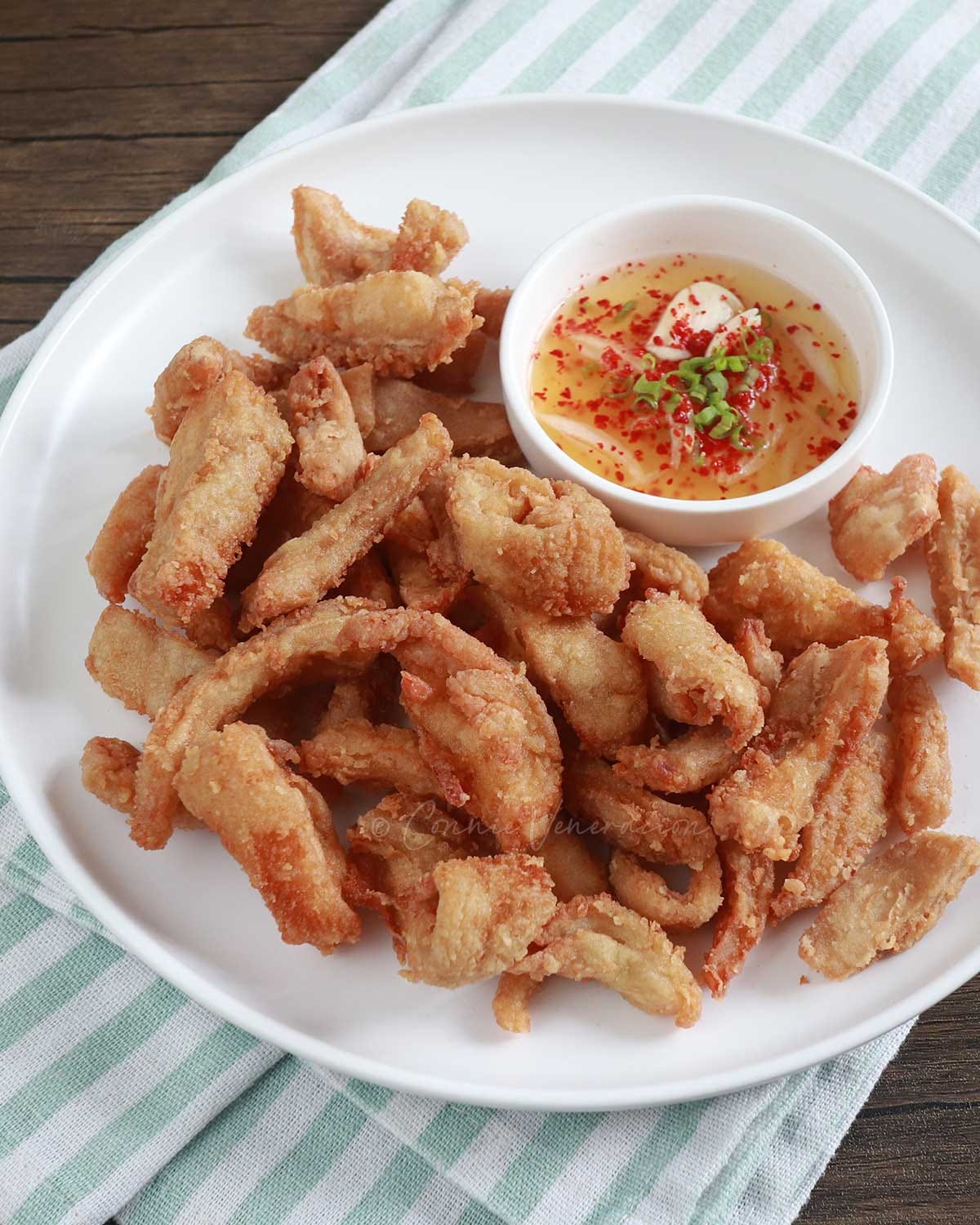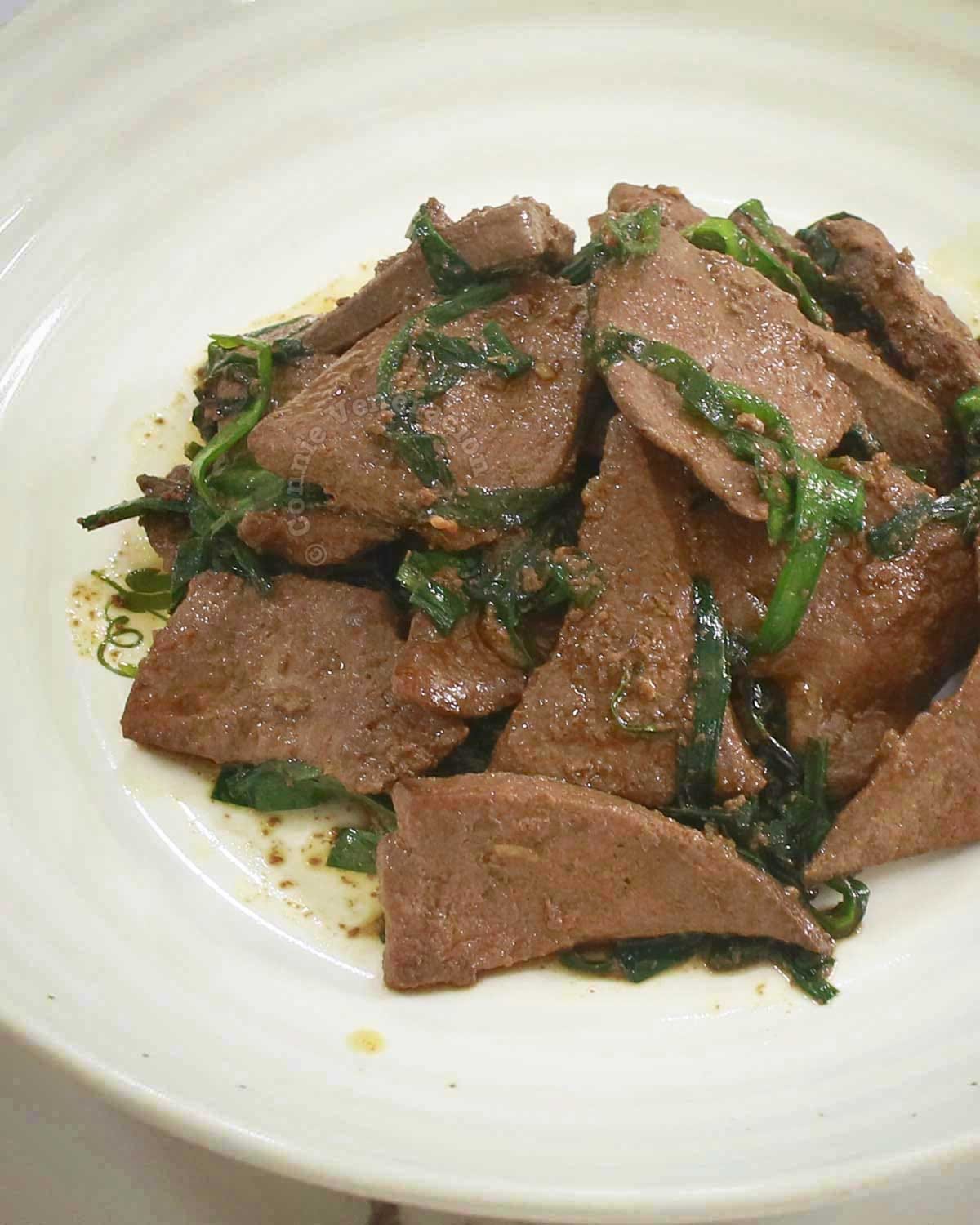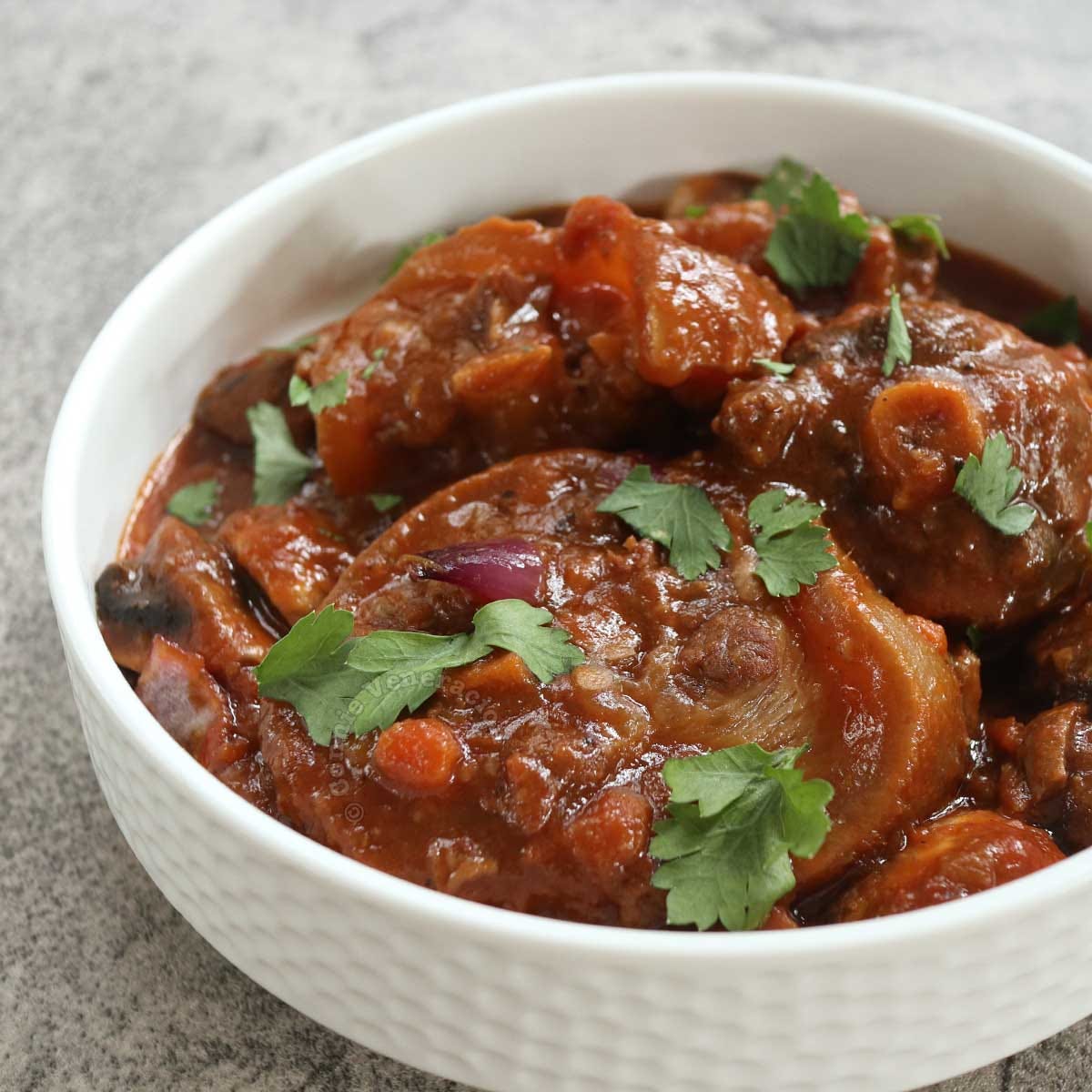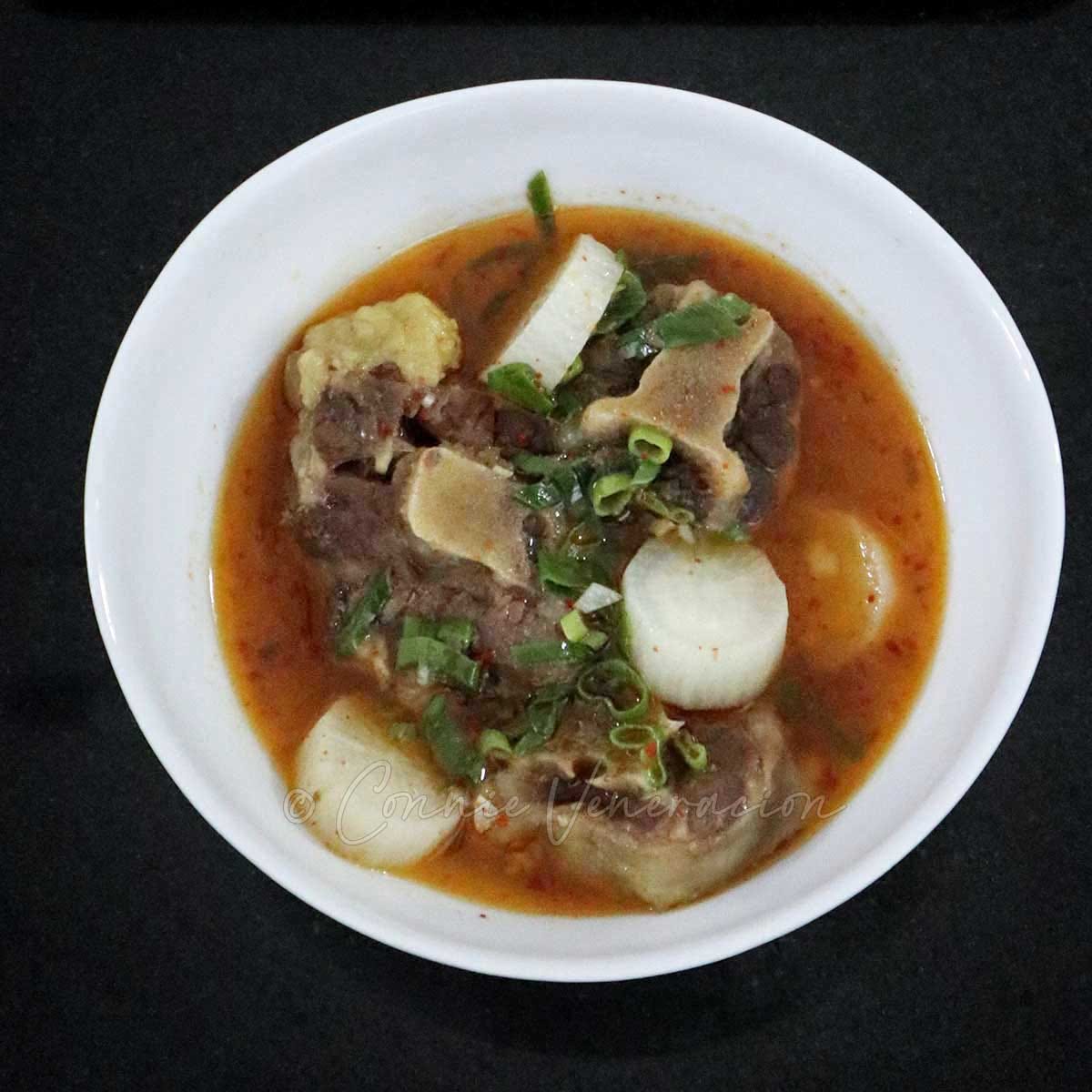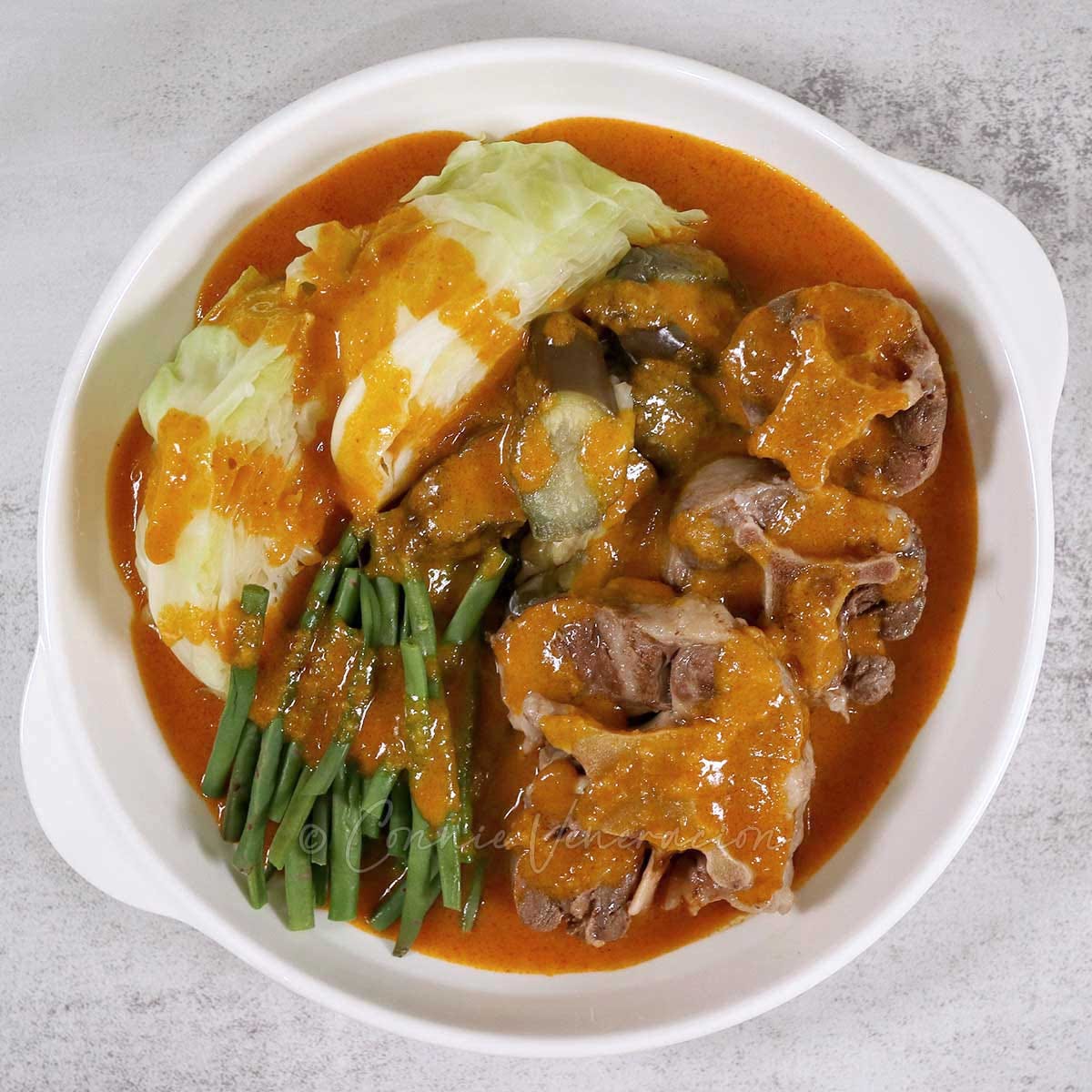#20 The art of cooking cheap, part one
With food prices soaring, nose-to-tail cooking has become today's buzzword. But it doesn't have to be just a buzzword. For the conscientious consumer, cooking cheap cuts of meat can be a lifestyle.
My husband and I were in the supermarket earlier this week. We were anticipating that most stores would be closed from Maundy Thursday to Black Saturday, our freezer was almost empty, so, we intended to stock up.
But stocking up to our hearts’ content wasn’t exactly what happened. Instead of buying everything that looked good to cook and eat, I chose carefully. Everything was just so much more expensive. Like 30% to 40% higher than pre-Christmas prices.
And it’s not as though we buy only prime cuts of meat. Ours is a household where offal (organ meats to you North Americans) is revered. Not really because they’re cheaper (some offal like beef tongue and tail are considered delicacies here in the Philippines and they command premium prices) but because we grew up eating them just like we eat pork chops and slabs of beef brisket.
But that day in the supermarket, I looked at the different cuts of offal in a new way. Instead of treating them as treats (oops, alliteration), I considered how effective they can be to slash down our meat budget. There was pork jowl which was cheaper than pork belly. Instead of buying four kilos of pork belly, I got two kilos of pork belly and two kilos of pork jowl. And I saved a few hundred pesos.
What does nose-to-tail cooking mean?
It means consuming every edible part of an animal (not just mammals and poultry, but even fish) from the head all the way to the tail.
It isn’t something new in many cultures. In fact, it is this conscientious manner of consuming parts of an animal that gave birth to many dishes that have become cultural icons.
Take Vietnamese pho, for example.
Until 1954, Vietnam was part of French Indochina, a grouping of French colonies in Southeast Asia that also included Laos and Cambodia. Although soup with rice noodles and meat (from water buffalo) was already being consumed, pho as we know it today didn’t come about until the French brought their meat-eating habits to Vietnam. Enterprising Vietnamese took the discarded bones and used them to develop a broth so subtle and nuanced at the same time.
Another example, one closer to home, is pork sisig. Note that I am talking about pork sisig here which is a modern variant of the much older sisig, a generic term for sour dishes in the province of Pampanga. Pork sisig is boiled, grilled and chopped pig’s head served with chopped raw onions and doused with vinegar or calamansi juice, or both.
Born on the doorstep of what used to be Clark Air Base in Pampanga, Lucia Cunanan, a cook who owned a stall near the railroad tracks, got unwanted meat cuts from the kitchens of Clark Air Base (whether cheaply or for free is not clear), boiled them, grilled them, chopped them then served the meat in heated cast iron plates so that the dish is sizzling hot when served to customers.
Mrs. Cunanan’s pork sisig became famous and she eventually opened a real restaurant. Her creation was copied and recreated throughout the country. But she remained the unrivaled Sisig Queen. Sadly, the genius of a cook is now more remembered for the way she died.
But it isn’t just in the Philippines where meat from an mammal’s head is famously consumed.
Ever heard of “head cheese”?
It’s a small loaf made with chopped parts of the head of an animal (pig, sheep or cow). The chopped meat is mixed with aspic (meat jelly) and allowed to solidify. When unmolded, the pieces of meat are visible through the clear aspic. It is sliced and consumed like other cold meat or it can be a sandwich filling.

I always thought that head cheese was a Vietnamese thing. In Saigon and in Hanoi, I was on the lookout for banh mi with head cheese. I couldn’t find any but I did find a slab of head cheese in the frozen section of a grocery in Hanoi. I bought it, got a bottle of locally-produced red wine to enjoy it, and brought it back to our rented AirB&B apartment.
The head cheese was delicious; the wine, not so much.
I learned later that head cheese was likely introduced to Vietnam by the French who called it fromage de tête, tête pressée, tête fromagée ("cheesed head") or pâté de tête. And while it has different names around the world, cheese head has long been part of the culinary traditions of various countries in Europe, Asia, Latin America, Australia, North America and the Caribbean.
Moving along, let’s take a look at offal from other parts of various animals. What other parts are edible and, most importantly, delicious?
Here at home, we’re partial to beef tripe. Honeycomb and blanket tripe, to be more specific. I’m not good at cooking book tripe.
How do we cook tripe? Various ways, but this is our favorite.
Deep fried crispy beef tripe - Beef tripe cooked until tender is cooled, sliced, marinated in Vietnamese mixed fish sauce, tossed in starch, and deep fried until golden and crisp. Served with a tangy and spicy dipping sauce, crispy beef tripe may be enjoyed as an appetizer, snack or main course. Get the recipe.
We also love liver. Beef liver, pork liver, chicken liver…
Pork liver stir fry with Chinese chives - If you’re on keto diet, know that this stir fry is a keto dieter’s dream come true. But we're not on keto, so, we enjoy it with rice. Get the recipe.
Ox / beef tail is a favorite. Granted that it isn’t exactly cheap in this country because it is a delicacy, and granted too that it takes long hours of cooking (a slow cooker does the job well), we still cook it quite often. If this cut is cheap in your part of the world, or if you’re just curious, here are three ways to cook the cow’s tail.
Spanish oxtail stew - Browned oxtail is cooked with vegetables and red wine until tender. The meat is scooped out, the sauce is pureed, the meat goes back in, mushrooms and onions are added, and everything is simmered for another fifteen minutes. The result is just magnificent. Get the recipe.
Korean oxtail soup (sokkoritang) - Yes, it's spicy. But don't let the fiery color of this rich and indulgent soup scare you. The level of heat can be easily adjusted to make the soup friendlier to your palate. Get the recipe.
Kare-kare (oxtail and vegetables in peanut sauce) - A special occasion dish in the Philippines, kare-kare is a stew of meat and vegetables in a peanut-based sauce. Traditionally, beef offal is the meat of choice. A medley of tripe, intestines, tail, face… Get the recipe.
Next week’s newsletter (#21 The art of cooking cheap, part two) will cover poultry and seafood.




